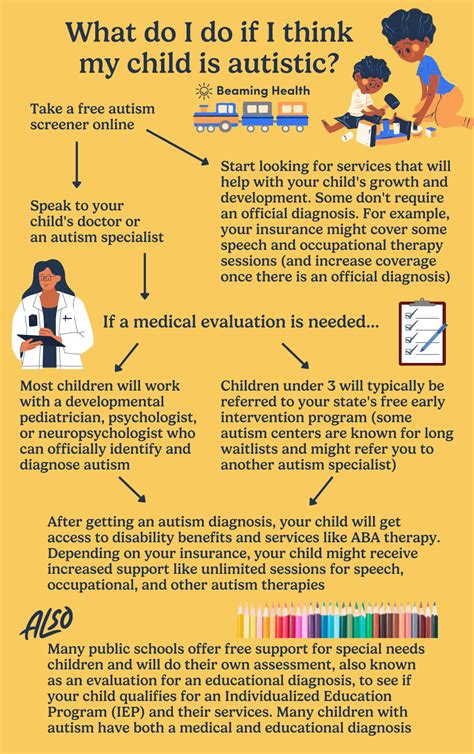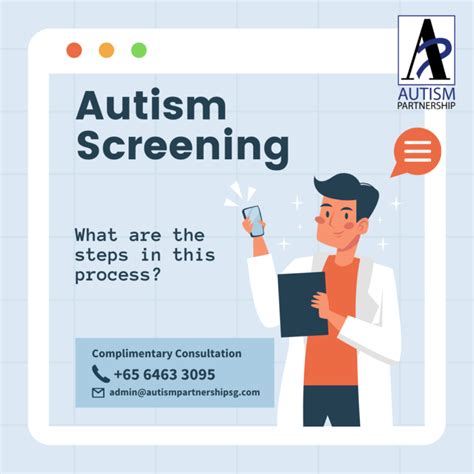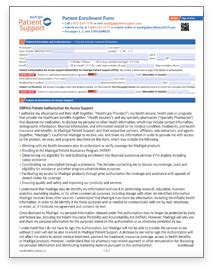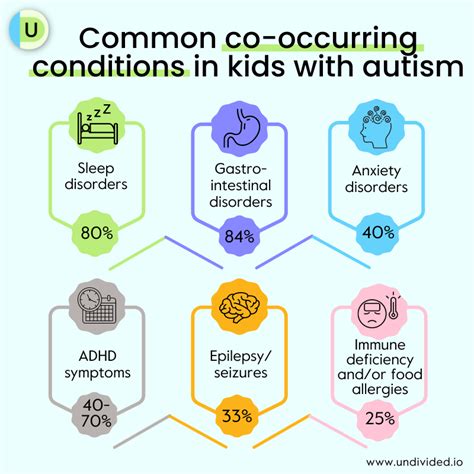Intro
Discover autism testing for adults, including diagnostic criteria, screening tools, and assessment methods, to facilitate accurate diagnosis and support for autistic individuals, promoting self-awareness and personalized interventions.
As the world becomes more aware of autism, also known as Autism Spectrum Disorder (ASD), a growing number of adults are seeking diagnosis and support. Autism testing for adults is a crucial step towards understanding and managing the condition, which can have a significant impact on daily life. For many adults, receiving an autism diagnosis can be a life-changing experience, providing answers to questions they may have had for years about their thoughts, feelings, and behaviors. In this article, we will delve into the world of autism testing for adults, exploring the importance of diagnosis, the testing process, and the benefits of receiving a diagnosis.
Autism is a neurological and developmental disorder that affects communication, social interaction, and behavior. While it is often associated with children, autism is a lifelong condition that can affect individuals of all ages. Adults with autism may experience difficulties in social situations, struggles with communication, and repetitive behaviors, among other challenges. However, with the right support and accommodations, many adults with autism are able to lead successful and fulfilling lives. The importance of autism testing for adults cannot be overstated, as it provides a foundation for understanding and addressing the unique needs and challenges of individuals on the autism spectrum.
The decision to pursue autism testing can be a daunting one, especially for adults who may have gone undiagnosed for years. However, with the increasing awareness and acceptance of autism, more and more adults are seeking diagnosis and support. Autism testing for adults typically involves a comprehensive evaluation by a team of professionals, including psychologists, psychiatrists, and speech therapists. The testing process may include a range of assessments, such as cognitive and behavioral evaluations, interviews, and observations. The goal of autism testing is to determine whether an individual's symptoms and behaviors meet the diagnostic criteria for autism, as outlined in the Diagnostic and Statistical Manual of Mental Disorders (DSM-5).
What is Autism Testing for Adults?

Benefits of Autism Testing for Adults
The benefits of autism testing for adults are numerous and significant. Receiving an autism diagnosis can provide a sense of relief and understanding, as well as access to support and accommodations. Many adults with autism report feeling like they finally have answers to questions they have had for years about their thoughts, feelings, and behaviors. Autism testing can also provide a foundation for developing strategies and interventions to address specific challenges and needs. Additionally, receiving an autism diagnosis can provide access to resources and support, such as therapy, counseling, and advocacy services.The Autism Testing Process

Preparing for Autism Testing
Preparing for autism testing can help ensure a smooth and successful evaluation process. Here are some tips for preparing for autism testing: * Gather information: Gather information about the individual's medical and psychological history, including any previous diagnoses or treatments. * Keep a journal: Keeping a journal of the individual's symptoms and behaviors can provide valuable information for the testing process. * Ask questions: Ask questions about the testing process and what to expect during the evaluation.Autism Testing Tools and Assessments

Interpreting Autism Test Results
Interpreting autism test results can be a complex and nuanced process. The results of autism testing should be interpreted by a qualified professional, such as a psychologist or psychiatrist. The results may indicate whether an individual meets the diagnostic criteria for autism, as well as provide information about the individual's strengths and challenges.Support and Resources for Adults with Autism

Creating a Supportive Environment
Creating a supportive environment is crucial for adults with autism. This may involve: * Developing strategies and interventions to address specific challenges and needs * Providing access to resources and support, such as therapy and counseling * Creating a safe and comfortable living environment, free from stress and anxietyAutism and Co-Occurring Conditions

Managing Co-Occurring Conditions
Managing co-occurring conditions requires a comprehensive and multi-disciplinary approach. This may involve: * Developing strategies and interventions to address specific challenges and needs * Providing access to resources and support, such as therapy and counseling * Creating a safe and comfortable living environment, free from stress and anxietyConclusion and Next Steps

We invite you to share your thoughts and experiences with autism testing and diagnosis. Have you or a loved one received an autism diagnosis? What were your experiences with the testing process? What support and resources have you found most helpful? Share your story in the comments below, and help us create a supportive and inclusive community for adults with autism.
What is autism testing for adults?
+Autism testing for adults is a comprehensive evaluation process that determines whether an individual's symptoms and behaviors meet the diagnostic criteria for autism.
What are the benefits of autism testing for adults?
+The benefits of autism testing for adults include receiving a diagnosis, accessing support and accommodations, and developing strategies and interventions to address specific challenges and needs.
How do I prepare for autism testing?
+Preparing for autism testing involves gathering information, keeping a journal, and asking questions about the testing process and what to expect during the evaluation.
What support and resources are available for adults with autism?
+Support and resources available for adults with autism include therapy and counseling, support groups, advocacy services, and online communities.
How can I create a supportive environment for myself or a loved one with autism?
+Creating a supportive environment involves developing strategies and interventions to address specific challenges and needs, providing access to resources and support, and creating a safe and comfortable living environment.
